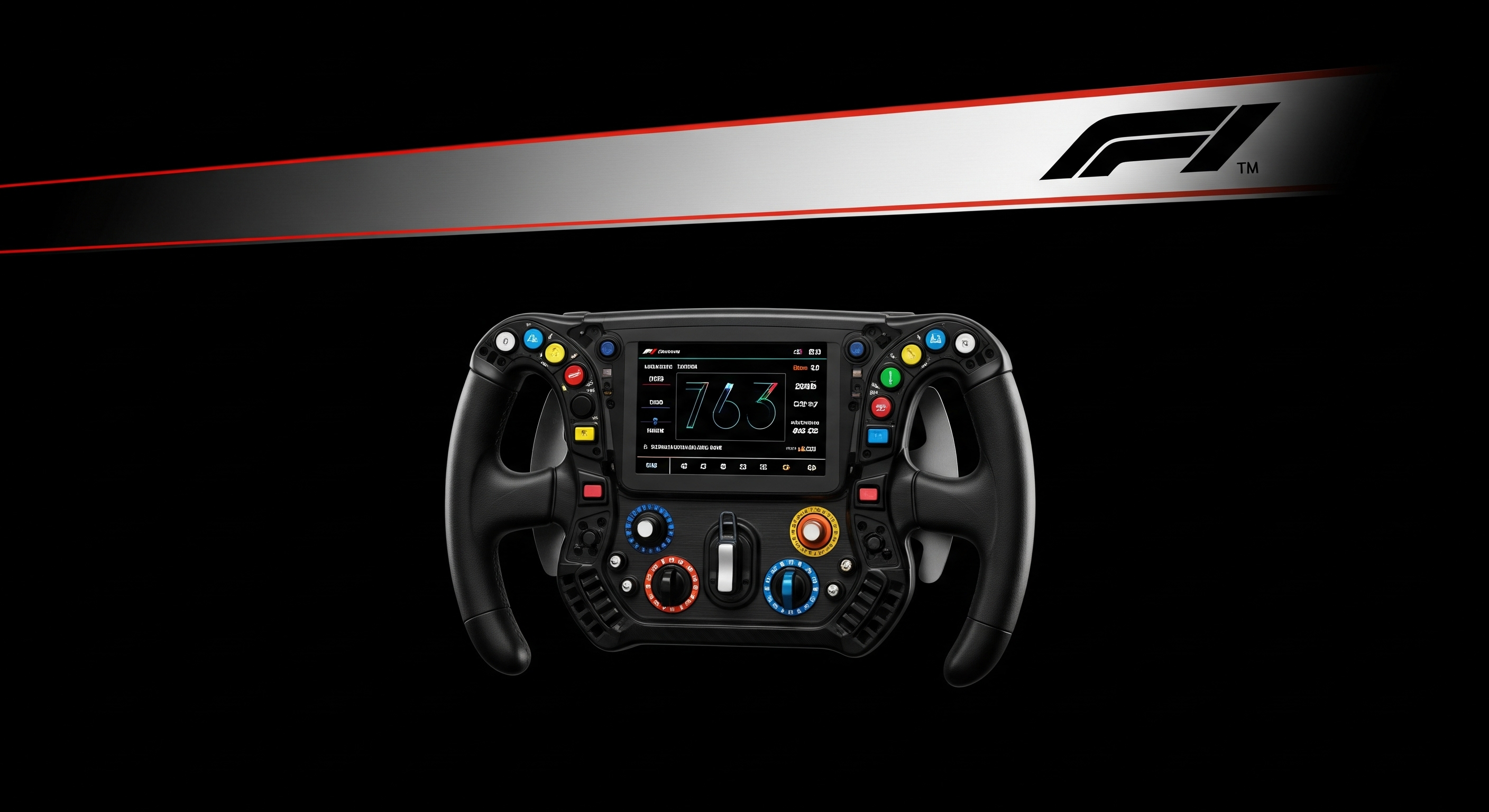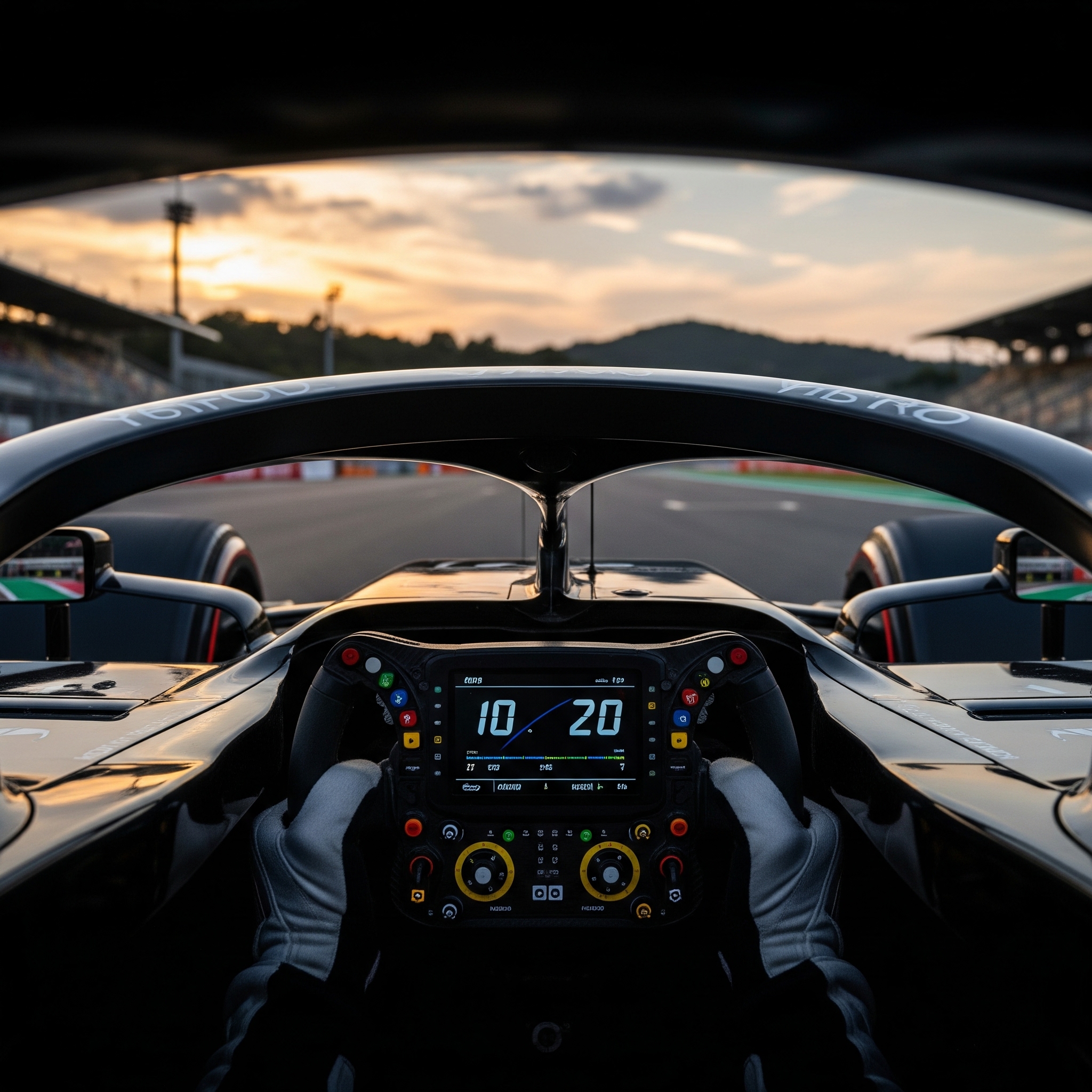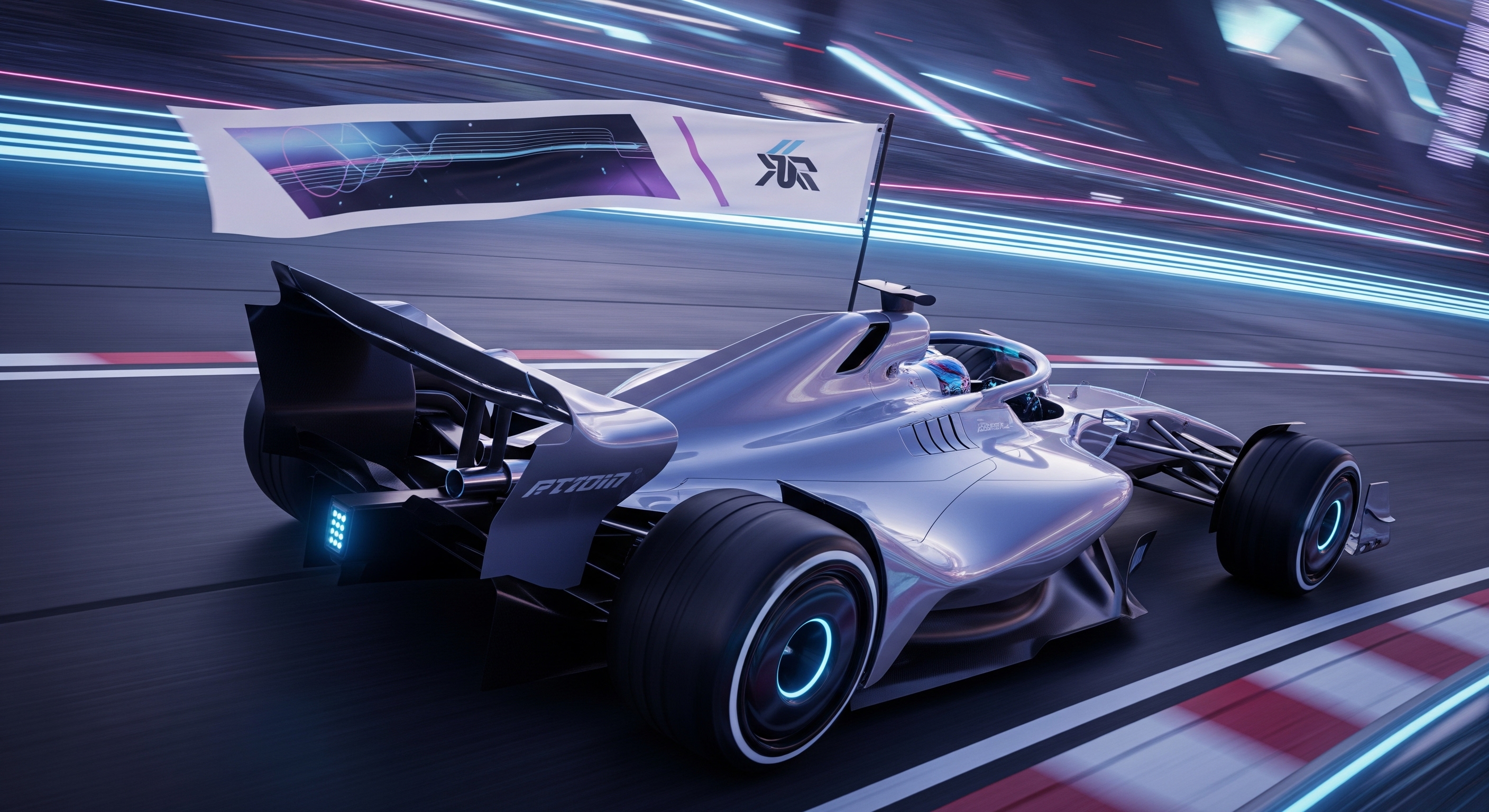Amazon Prime Day 2025: Your UK Guide to Unbeatable Savings! Get ready for the shopping event of...
Blog categories
Blog Search
Blog tags
Blog gallery
-

Seenda Folding Bluetooth Keyboard with Touchpad
-

5 In 2 USB C Hub With Ethernet Adapter
-

Gemini
-

HDD vs SSD
-

Gaming PC on Amazon
-

PlayStation Consoles on Amazon
F1's Engineering Masterclass: Where Speed Meets Ground-breaking Innovation
The Relentless Evolution of Speed: How Formula 1 Technology Continues to Redefine Motorsport
Introduction
Formula 1. The pinnacle of motorsport. A symphony of raw power, precision engineering, and audacious bravery. But beyond the thrilling overtakes and champagne sprays, F1 is a relentless laboratory of innovation, constantly pushing the boundaries of what's possible in automotive technology. From its humble beginnings to the sophisticated machines we see today, the sport has undergone an incredible transformation, driven by an insatiable quest for speed, safety, and efficiency.
In this blog post, we'll take a pit stop to explore the fascinating evolution of Formula 1 technology, highlighting the key innovations that have shaped the sport and, in many cases, influenced the cars we drive on our roads.
Section 1: The Early Days – Raw Power and Rudimentary Aerodynamics
In the formative years of Formula 1, roughly from the 1950s to the 1960s, the sport was primarily a showcase of raw engine power. Cars were powerful but relatively simple, relying heavily on the driver's skill and courage. Aerodynamics, as we know them today, were largely an afterthought, with sleek bodywork designed more for aesthetics than for generating downforce. Safety features were also rudimentary by modern standards, making every race a truly daring endeavour.
Key technological advancements during this period included:
- Naturally aspirated engines, with V8s and V12s becoming increasingly prominent, producing prodigious power.
- Early attempts at streamlining bodywork, though true aerodynamic understanding was still decades away.
- Basic ladder chassis designs, often made of steel tubes, offering minimal structural rigidity compared to later designs.
- The crucial shift from less effective drum brakes to more powerful and reliable disc brakes.
- The introduction of hard-shell helmets for drivers, offering a significant, albeit basic, improvement in head protection.

Section 2: The Aerodynamic Revolution and the Pursuit of Downforce
The late 1960s and 1970s marked a pivotal era for Formula 1 technology: the aerodynamic revolution. Engineers began to understand that the air flowing over and under the car could be harnessed to push the car into the track, significantly increasing grip and cornering speeds. This pursuit of "downforce" fundamentally changed the design philosophy of F1 cars, making them look far more aggressive and purposeful.
Defining innovations of this period included:
- The introduction of front and rear wings (aerofoils), initially simple but quickly evolving into complex devices to generate massive amounts of downforce.
- The groundbreaking concept of "ground effect" cars, which used specially shaped underbodies and Venturi tunnels to create a vacuum effect, sucking the car to the tarmac.
- The widespread adoption of the monocoque chassis, evolving into carbon fibre construction, which revolutionised safety by providing an incredibly strong and lightweight survival cell for the driver.
- Continual improvements in safety features, such as more robust roll bars and the development of fireproof suits for drivers.

Section 3: The Electronic Age and the Rise of Data
As Formula 1 entered the 1990s and early 2000s, electronics and data analysis became increasingly central to performance. Teams began to leverage sophisticated computer systems to control various car functions and to gather unprecedented amounts of data, transforming race strategy and car development. This era saw a surge in 'driver aids', some of which were later banned to re-emphasise driver skill.
Key technological shifts during this period included:
- The widespread use of semi-automatic gearboxes, allowing drivers to shift gears much faster and more efficiently.
- The brief, yet significant, introduction of active suspension and traction control, technologies that offered immense performance benefits but were eventually outlawed for competitive reasons.
- The development of advanced data acquisition systems, with thousands of sensors monitoring every aspect of the car's performance, from engine temperature to tyre wear.
- Increased reliance on telemetry, allowing engineers in the pit lane to monitor and diagnose issues on the car in real-time.

Section 4: The Hybrid Era – Power, Efficiency, and Sustainability
Since 2014, Formula 1 has embraced the hybrid era, a significant paradigm shift that has pushed the boundaries of engine efficiency and energy recovery. The focus is no longer just on raw power but on how efficiently that power can be generated, managed, and deployed. This period has also seen a renewed emphasis on safety and the sport's environmental footprint.
Defining characteristics and innovations of the hybrid era include:
- Complex Hybrid Power Units, integrating a turbocharged Internal Combustion Engine (ICE) with advanced Energy Recovery Systems (ERS), including both kinetic (ERS-K) and heat (ERS-H) recovery.
- The Drag Reduction System (DRS), a driver-activated movable rear wing element designed to aid overtaking by reducing aerodynamic drag on specific parts of the track.
- Continuous refinement of advanced aerodynamics, with intricate floor designs and subtle surface modifications yielding significant performance gains.
- A growing focus on sustainable fuels and reducing the sport's carbon emissions, aligning with global environmental goals.
- The mandated introduction of the "Halo" device, a critical titanium structure providing paramount driver head protection, significantly enhancing safety.

Section 5: The Future of F1 Technology – AI, AR, and Beyond
Looking ahead, Formula 1 continues to be a crucible for cutting-edge technology. The sport's demand for incremental gains and absolute precision means that advancements in artificial intelligence, virtual reality, and advanced manufacturing are increasingly being integrated into every aspect of car design, strategy, and even fan engagement.
Potential future technological directions for F1 include:
- The broader application of Artificial Intelligence (AI) for highly complex race strategy optimisation, predictive analytics during races, and even generative design of car components.
- Utilisation of Augmented Reality (AR) for advanced driver training simulations and to enhance the fan experience, offering real-time data overlays.
- Extensive use of advanced manufacturing techniques like 3D printing (additive manufacturing) for rapid prototyping of car parts and the creation of highly complex, lightweight structures.
- Continued development and implementation of even more sustainable materials and fuels, pushing towards a net-zero carbon footprint for the sport.
- The adoption of Digital Twin technology, where virtual replicas of the cars and systems allow for extensive simulations and real-time optimisation without physical testing.

.
Conclusion
From rudimentary race cars to highly sophisticated machines, Formula 1's technological journey is a testament to human ingenuity and the relentless pursuit of excellence. Each innovation, whether focused on raw speed or paramount safety, has not only transformed the sport itself but has often trickled down to benefit road car development. As F1 continues to embrace cutting-edge advancements like AI and sustainable solutions, it promises to remain a captivating spectacle and a crucial proving ground for the automotive world for years to come.
What do you think is the most ground-breaking technological advancement in Formula 1 history? Share your thoughts in the comments below!












Leave a comment